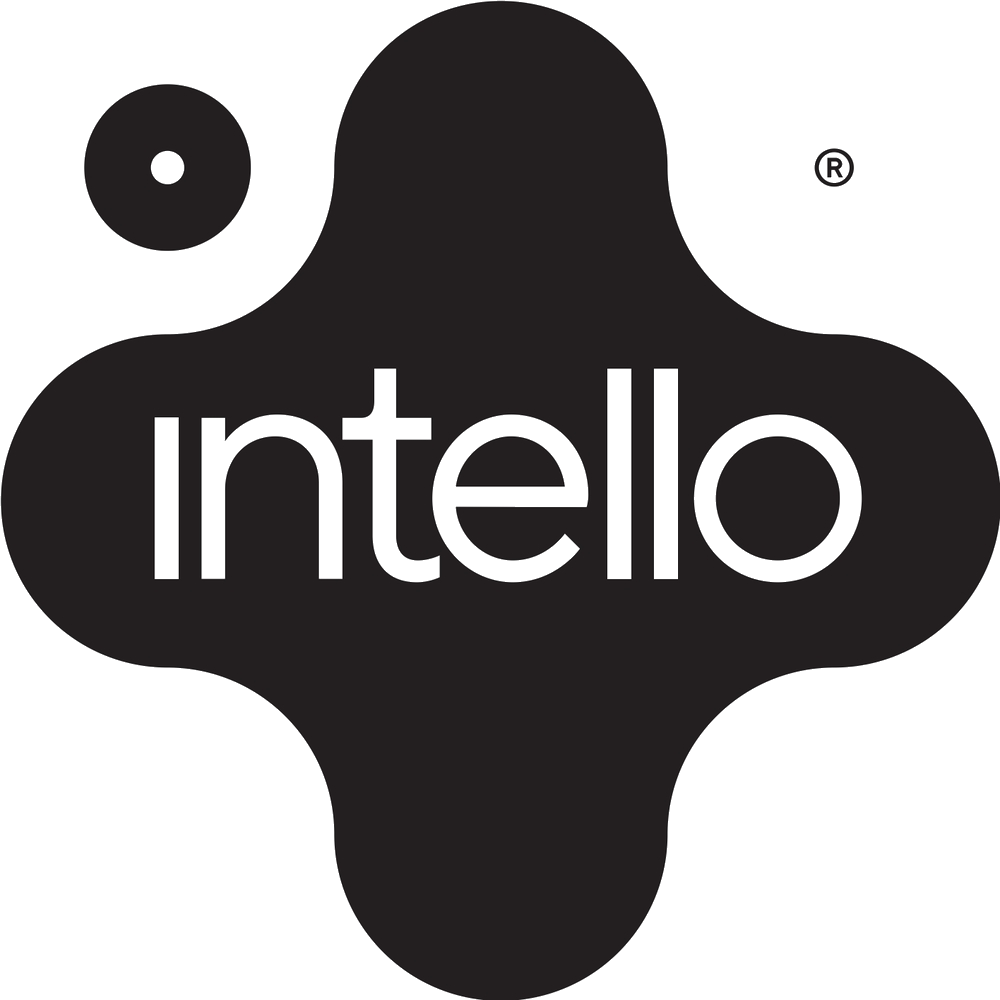A “How To”: Timeboxing
As your business grows, priorities change. According to IDC research, the smallest businesses initially focus on cash flow, revenue growth, and cost reduction. As organisations grow and become more complex, productivity becomes a much more critical priority.
So, if you’re tired of that sense of lost productivity or time that is opportunity for earning or more of the things you enjoy, consider this technique which is free, simple and sensible: timeboxing.
Timeboxing is the productivity tip featured in the Indistractable, published in 2019 by Nir Eyal and Julie Li and it’s credited with driving productivity and purpose, job satisfaction and focus.
What’s Timeboxing?
Simple, but very effective, timeboxing is more than blocking out your calendar.
Instead, it is committing a time dedicated to a task, and the goal of that task. It requires strategic consideration of priorities, deadlines and even, your personal values.
Timeboxing requires a commitment to zero distractions: silence the phone, don’t answer emails; just focus on the task you’ve committed to.
And if you haven’t reached the goal by the end of your timebox, you must set another timebox to complete the task.
Another rule to timeboxing: don’t shift your timebox deadline due to slippage or distractions – this is serious productivity stuff!
If you’re facing a long-term project, break it up into smaller timeboxed tasks. This can help you to chunk away projects into smaller parts and get you started on something that is so large it can be hard to think of how to start.
What Are The Benefits of Timeboxing?
One of the most positive benefits of timeboxing is that you start to think strategically about one of your most precious resources: your time. By thinking about time more like a financial expert does money, you’ll start to consider how you spend or invest your time, and how it should be used to achieve your goals.
And time-boxing doesn’t just have to be in the office. Think about timeboxing time for your partner, your kids – or yourself – without any digital distractions and a goal in mind.
Indeed, fans of timeboxing say it also helps them to effectively focus on priorities and the stuff that adds value to their business, relationships, and the life they want to lead.
In the office, timeboxing becomes an excellent historical record of work completed, which can be handy for billing or reporting. Over time, it will help you to identify how long is realistically required for repetitive tasks like month end or regular reports, and it definitely contributes to a sense of productivity.

By committing to a set time for a set task, you’ll focusing on what delivers value by meeting the required standard of work, rather than fiddling on a task.
Remember: they are pretty intense, so your workday doesn’t have to be jam-packed with timeboxes. Rather, you can set aside time for periods of less focus and productivity (read: meetings or emails, ha!) or even not set aside time to tasks so you can have a break at the water cooler before the next timebox set.
How To Start
It starts by converting your ‘to do’ list to your calendar.
Consider your priorities for the week, and how much time each should take (you’ll refine this skill as you go).
If you see a deadline exists for Thursday, the visual elements of timeboxing in your calendar can help you to:
- Identify how much time is available in between now and then
- Lay interdependencies out effectively.
You may also want to notify your colleagues or direct reports that you cannot attend to emails until the end of the day (or your selected ‘emails timebox’) so that they don’t come and interrupt you 15minutes after hitting send.
By focusing on what needs to get done ahead of time is very similar to another time-tested productivity tactic – the Ivy Lee method. This process, defined by productivity consultant Ivy Lee in 1918 drives productivity with zero cost, too.
The Ivy Lee strategy also requires you to consider tasks ahead of time. At the end of the workday, write down six of the most critical things you need to accomplish the next working day. By planning at this time in this way, it:
- Saves decisions at the beginning of the day
- Contains the volume of tasks you can expect to get done in one day
- Combats distractions and wasted time by having commitments defined. This saves that annoying task-swapping that so often happens if you’re lacking clarity on what matters.
Hopefully, as you refine these productivity tools, you’ll also find less emails in the inbox (because everyone’s learnt that you don’t aimlessly reply to them within 15min) and more positive, value-driven investment of your time.
And that’s probably one unexpected bonus!
Follow Intello on LinkedIn for updates as they happen 🙂

